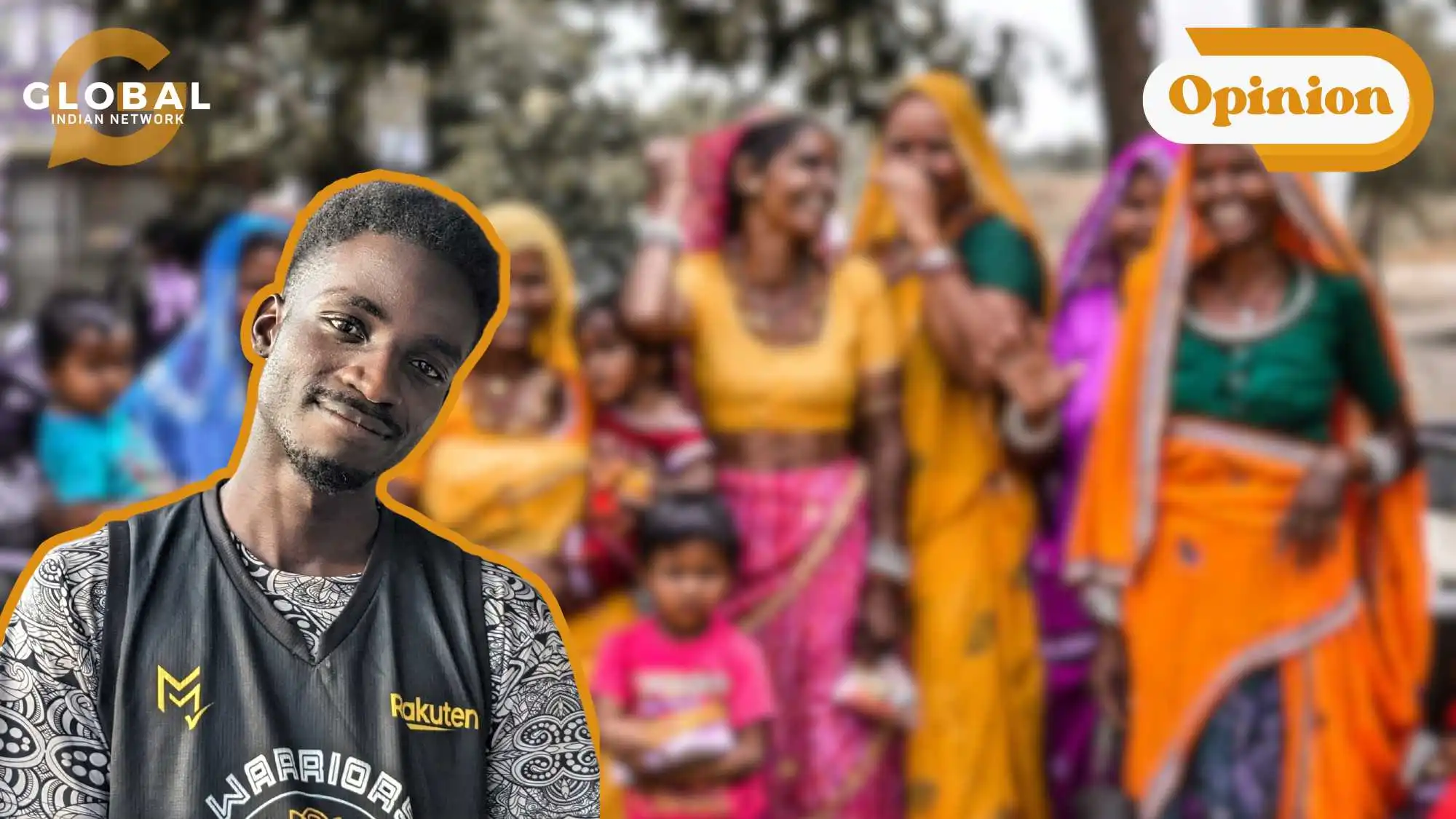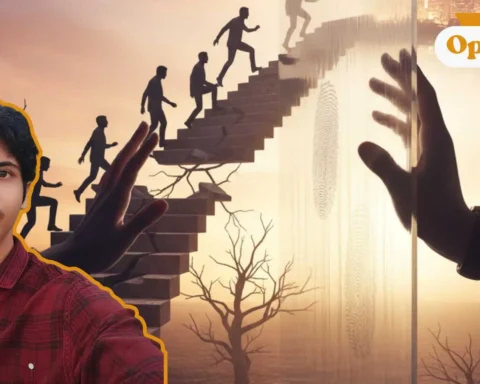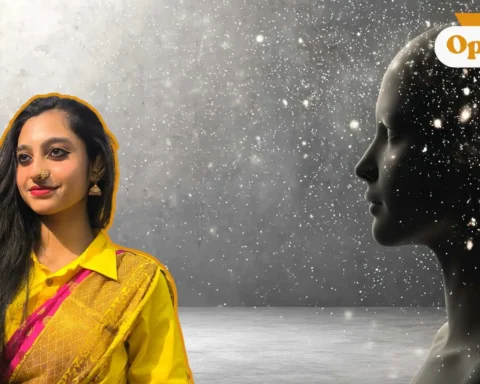In late February 2025, police in Kerala arrested 58 men on charges of sexual assault and rape of an 18-year-old girl spanning over a period of five years, starting from when she was 13. The girl who remains unidentified in accordance with India’s law is a member of the Dalit caste, setting her and her community at the bottom of the abolished yet still active caste system.
This case highlights one aspect of the unique vulnerability and oppression faced by women who belong to marginalised communities. Dalit women exist at the intersection of gender and caste-based oppressive systems, meaning not only are they under the subjugation of millennia-old societal suppression, but this suppression is compounded by the patriarchal structures that make up many communities, particularly rural ones where both forms of oppression are exacerbated.
Parallels can be drawn between the intersectionality of these oppression systems and those experienced by women in other parts of the world. In 1962, Malcolm X said in a speech, “The most disrespected person in America is the black woman. The most unprotected person in America is the black woman. The most neglected person in America is the black woman.” Much can be said for the Dalit woman in India.
The Multi-Dimensional Barriers Facing Dalit Women
As stated, Dalit women exist at the intersection of various forms of oppression. This nexus of oppression is common to women belonging to marginalised communities around the world, be it racial or religious minorities, refugees and, in this case, lower caste. It is important to note that not all oppressions are created equal or identical, each group facing subjugation faces that subjugation within the cultural context that they exist.
For Dalit women, this materialises in multi-dimensional barriers that trap and hurt them across several facets of life. These barriers arise and inhibit personal agency and autonomy and limit access to various arenas such as education, politics and employment, all of which could help Dalits break free from the parts that hold them back.

The Political Exclusion of Dalit Women
As part of the reservation quotas, seats in local governance are reserved for scheduled castes and scheduled tribes, Dalits being a part of the former would, in theory, be able to have a presence and a voice. Whilst this may be the case in certain areas, there exists a multitude of evidence that conveys the opposite, particularly in rural areas. Dalit women in positions of leadership within their localities face boycotts and challenges to their authority.
A survey conducted in 2023 in the state of Tamil Nadu found several instances of discrimination against Dalit Panchayat presidents who serve as leaders of local governments. In villages like Athupakkam in Tiruvallur district, dominant caste groups have prevented Dalit panchayat leaders from hoisting the national flag during Independence Day celebrations. They perceive it as “demeaning” for a Dalit to perform this honor, violating the Panchayati Raj Act, which mandates such duties for elected leaders. Vice presidents who often hail from dominant castes actively undermine the authority of the Dalit presidents.
In the Ariyalur district, a playground in the panchayat was maintained and opened for public use by the president, following which the vice president reportedly used his goons to damage the ground. When the president raised questions about the alleged destruction, the president and her husband were attacked by the vice president and a group of his supporters.
This political exclusion is even evident in the central government. As of 2024, only 5% of the parliamentary seats are occupied by Dalit women, in comparison to north of 30% that are occupied by Brahmins and upper castes. This lack of representation means the needs of Dalit women are shuffled to the bottom of the priority list, whilst in rural local governments, they continue to be undermined.
The Economic Barriers Faced by Dalit Women
The majority of Dalit women in rural India work in agriculture, however, due to caste-based discrimination preventing Dalits from owning land, they end up working as labourers. In their paper Dalit Women and Economic Marginalization: The Role of Labor and Exploitation, researchers Kashmiri Saikia and Madhusmita Konwar describe the exploitation of rural Dalit women in the economic sector.
“The intersection of caste and gender biases means that Dalit women have limited bargaining power in labor markets. They often work under exploitative conditions, with limited access to resources such as land, credit, and technology. Many Dalit women are employed as bonded laborers, trapped in cycles of debt and servitude that persist across generations.”
As for Dalit women in cities and urban areas, employment is often achieved through working unskilled jobs. Dalit women frequently work in informal sectors like domestic work, construction, and small-scale manufacturing, where labor protections are either inadequate or absent. In these settings, they are at high risk of exploitation, including wage theft, unsafe working conditions, and sexual harassment. Because their employment is informal, Dalit women have little access to social security benefits, including health insurance, maternity leave, and pensions.
Barriers to Upward Mobility Among Dalit Women
A major challenge for Dalit women is their limited access to education and skills development. Historically, caste-based discrimination denied them the opportunity to receive formal education. While constitutional reforms have improved access to education for Dalit communities, Dalit women still encounter significant barriers to higher education due to poverty, social stigma, and gender-based discrimination. Without education or vocational training, they are confined to low-paying, low-skill jobs, which restricts their ability to improve their economic situation. Furthermore, their lack of land ownership and limited access to credit hinder their ability to invest in small businesses or entrepreneurial ventures that could help lift them out of poverty.

Sexual Violence Against Dalit Women
Sexual harassment, assault and rape are a dark reality of Dalit women, especially in rural areas. Whilst women as a whole are vulnerable to sexual violence, the intersectionality of Dalit women intensifies the problem. According to Ajay Kumar’s paper titled Sexual Violence against Dalit Women: An Analytical Study of Intersectionality of Gender, Caste and Class in India. Attitudes towards Dalit women and their social standing are strong factors in sexual violence against women.
“As they are at the bottom of Indian society, they are associated with caste and gender discrimination in rural India. Based on the findings it can be argued that significant factors such as caste and gender were found interrelated or correlated with each other. But they are highly connected with rural areas where Dalit women are illiterate, helpless to accept the social hierarchy norms, working as bonded laborers as landless beings, bearing untouchability as social pressure, and unaware of their civil, social, economic, and cultural rights.
In the rural areas, there is an assumption that Dalit women are available for any kind of exploitation and violence because of their ‘low’ and ‘impure’ status because of their caste. It is assumed that these women do not deserve honor and dignity. This becomes the main factor for sexual violence against Dalit women. The caste-class-gender axis, therefore, withholds the systematic base for sexual violence against Dalit women”
Conclusion
The plight of Dalit women in India is not just a story of caste-based discrimination or gender oppression; it is a brutal intersection of both, reinforced by centuries of systemic neglect and societal indifference. From political exclusion to economic marginalization and the ever-present threat of sexual violence, Dalit women are denied the basic rights and dignity that should be afforded to every citizen in a democratic nation.
The reality is grim, but it is not unchangeable. The Indian government must go beyond symbolic gestures and reservation quotas to enforce stronger protections against caste and gender-based violence, ensuring that perpetrators, whether they are individuals, institutions, or political structure,s face real consequences. Civil society, activists, and legal institutions must work together to create safer pathways for Dalit women to access education, employment, and leadership roles without fear of backlash.
But above all, change must start with a shift in societal attitudes. As long as caste-based oppression remains ingrained in the social fabric, legal protections alone will not suffice. There must be widespread, grassroots efforts to dismantle these hierarchies, challenge entrenched biases, and amplify the voices of Dalit women who have been silenced for far too long.
This is not just a Dalit issue or a women’s issue. It is a human rights crisis. And until every Dalit woman in India can walk without fear, speak without being silenced, and lead without resistance, the fight for true equality remains unfinished.

Let us know your thoughts in the comments below. If you have burning thoughts or opinions to express, please feel free to reach out to us at larra@globalindiannetwork.com.









